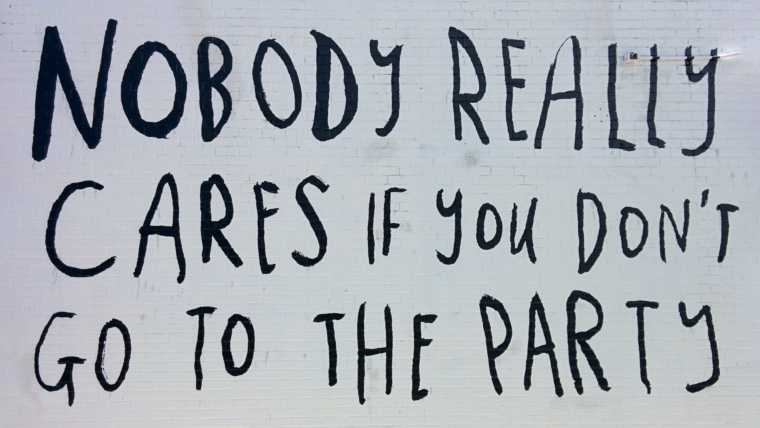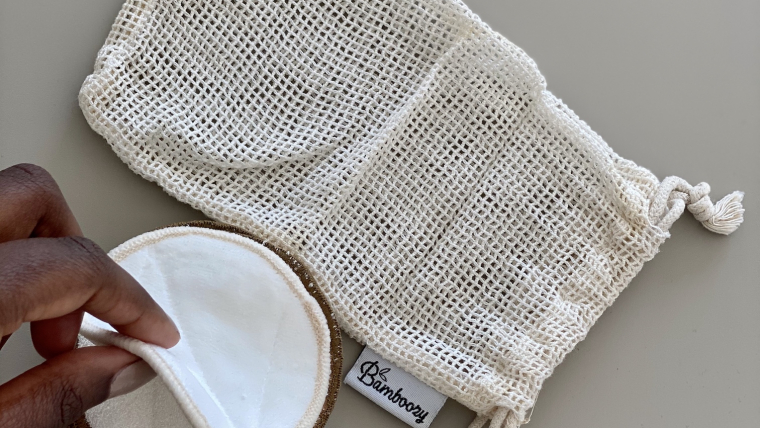After years of seeing images of overflowing clothing dumps in Africa, hearing about the harsh working conditions in Asia, and learning about the environmental damage caused by the fashion industry, I knew it was time to make a change.
Yes, you read that right: after years of embracing slow living, slow fashion was one of the last things I tackled. Clothing and fashion have always been a significant part of my life. In this blog, you’ll read why and discover more about my love for fashion.
Not knowing where to buy, having limited budgets for fashion, and facing other challenges made it difficult. But after reading this blog, you will have plenty of options to start your own slow fashion journey.
What is Slow Fashion?
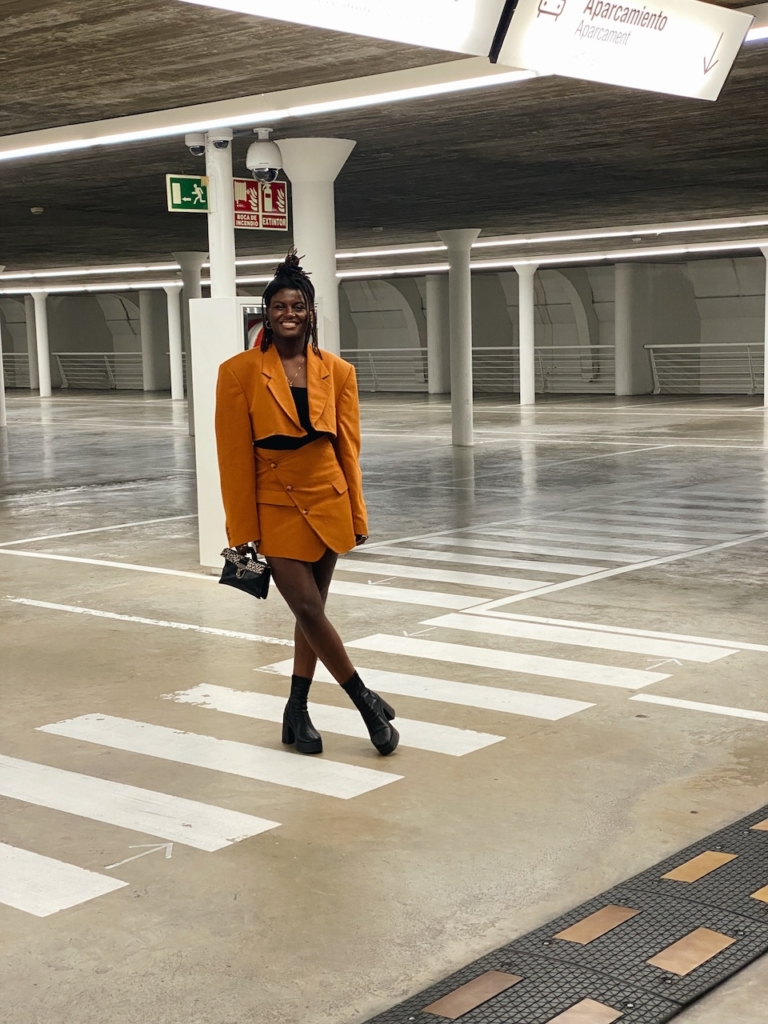
Slow fashion is sustainable, ethical, handmade, second-hand, or vintage—or a combination of all these. It’s a movement that prioritizes quality over quantity, focusing on sustainably produced clothing that lasts longer. It emphasizes ethical production practices, fair wages, and reduced environmental impact. Unlike fast fashion, it encourages mindful consumption and values the stories behind each garment. Slow fashion also includes vintage and second-hand items, promoting a circular economy.
*This blazer/skirt set is up cycled from a Vintage blazer. The bag is from the fast fashion days and top and shoes 2nd hand.
Check out this link to learn more about different phrases like slow fashion, vintage, ethical, and more.
My Favorite Slow Fashion (2nd hand) Shops
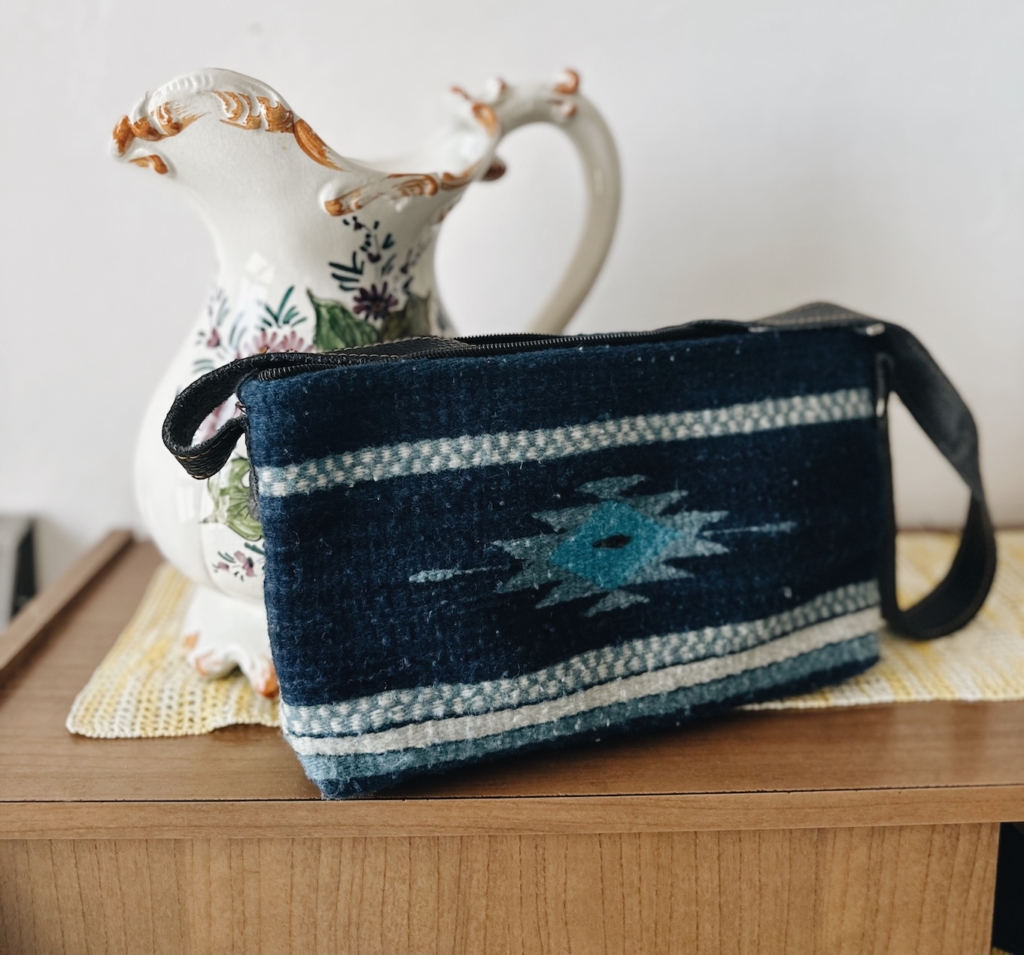
Nowadays, I mostly buy second-hand fashion, sometimes I buy regular fashion like underwear and shoes and otherwise fashion that is sustainably (often handmade) created. I often do the latter while on vacation, where I love buying items from local makers. Like the pieces you see in the photo, made by Mexican artisans. But often, I go for second-hand, usually online and sometimes in physical stores.
Vinted
Vinted is absolutely the best place to score clothes and shoes for a few very good reasons. Firstly, it’s super easy and affordable. You can fi nd just about anything: from trendy outfits to classic pieces, in all sizes and styles you can imagine. And the best part? Often, you’ll discover items from the latest collections at a fraction of the original price. Your wallet will thank you!
The app itself is a dream to work with. It’s user-friendly and well-organized, making it easy to scroll through the offerings. Whether you need a new dress quickly or are looking for a pair of vintage sneakers, you’ll find what you’re looking for without hassle. What makes Vinted even more attractive is the option to choose where you want your purchases to come from. Want to reduce your ecological footprint? Then opt to buy only from your own country, which is a more sustainable choice. Have a soft spot for international fashion? You can also discover and have clothes and shoes delivered from other countries. It’s that flexibility that helps you combine your style with your ethical considerations.
In short, Vinted makes shopping not only fun and affordable but also easy and conscious. With a huge variety of clothes and shoes, a user-friendly app, and the choice to minimize your ecological impact, it’s the ideal place to refresh your wardrobe. Whether you’re looking for a fashion statement or just a good deal, Vinted has everything you need to be stylish and sustainable.
Vestiaire Collective
If you’re looking for luxury fashion and want to invest in quality pieces without paying full price (but mainly because you want the slow version), then Vestiaire is a top choice.
Vestiaire offers a range of high-end fashion from top brands at a fraction of the original price. From Chanel to Gucci and Louis Vuitton, you’ll find the most beautiful designer pieces without blowing your mortgage. Recently, I bought this amazing and versatile scarf/top/dress by Issey Miyake. It’s a golden opportunity to elevate your fashion game without emptying your bank account.
The selection is carefully curated and verified, ensuring you only buy authentic and high-quality items. No worries about fakes or poor quality—everything is in top condition and often still in the original packaging.
By buying second-hand luxury fashion, you not only upgrade your own style but also help the environment. Reusing designer pieces reduces the demand for new production and contributes to a more sustainable fashion industry. It’s a stylish way to make a positive impact on the planet.
In short, Vestiaire is the place to be for those seeking luxury fashion with a smart twist. With a carefully selected range of authentic designer pieces, a user-friendly app, and an eco-conscious approach, it offers everything you need to fulfill your fashion desires without compromise.
Physical stores
These days, you can find vintage shops in almost every city. It’s really just a matter of checking Google Maps or local guides, and you’ll find that there are plenty of these treasure troves nearby. From trendy boutiques to cozy shops full of retro vibes, you don’t have to travel far to discover amazing vintage finds.
The vintage scene has gotten a huge boost in recent years. You can often find pieces from the ‘70s and ‘80s, but these days, the ‘90s and early 2000s are also making a comeback. Think of those iconic ‘90s denim jackets or standout Y2K tops that give your outfit a unique twist.
Of course, vintage shopping has its challenges. The selection can be limited in terms of style and sizes, and it may take some time to find that one perfect piece. But that makes the hunt for vintage treasures so much fun. For true shopaholics and fashion adventurers, it’s definitely worth it to sift through the racks and find those hidden gems that give your wardrobe a fresh, unique look.
What to look for when buying second-hand slow fashion
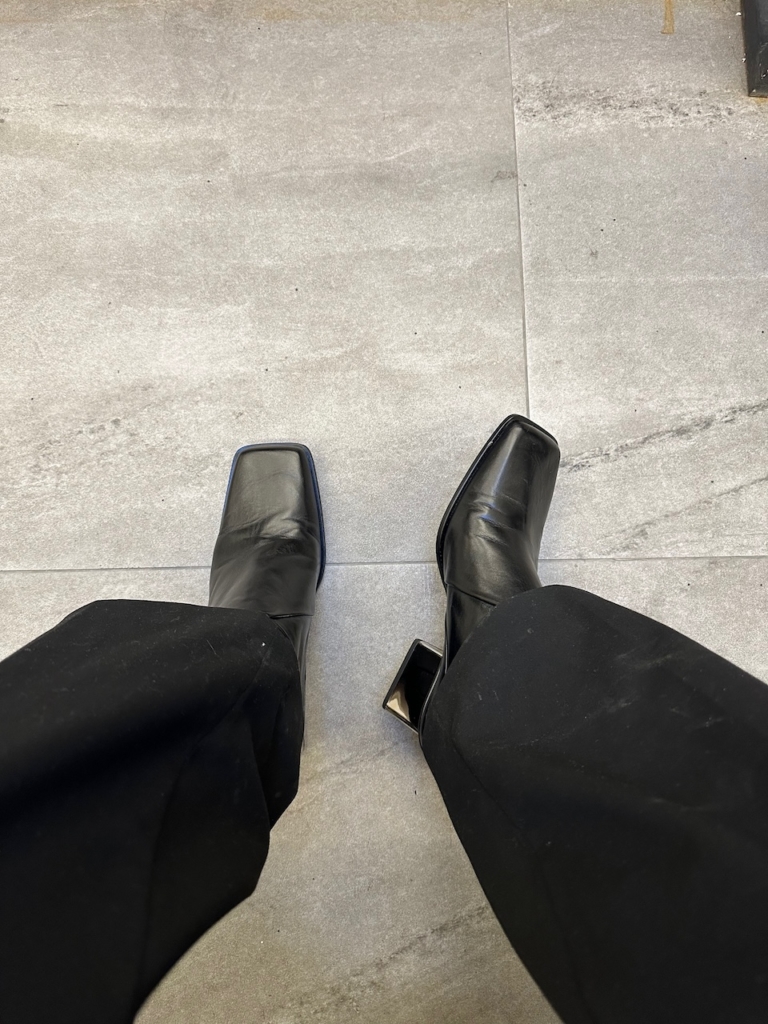
When buying slow fashion, both online and offline, there are a few important things to keep in mind to ensure you make a conscious and wise purchase.
*2nd hand shoes via Vinted.
- Authenticity and quality: If you’re buying branded clothing online, like from Vestiaire, make sure the authenticity of the product is verified by the platform. This might cost a little extra but gives you the assurance that you’re getting an authentic piece and not a knockoff. Make sure the quality is good. Are you really willing to prepare the old soles of shoes or that broken zipper? If not, don’t buy it just to let it sit in your closet.
- Sizes and fit: Sizes can vary significantly between brands and countries. Always ask for exact measurements in centimeters and measure yourself well to make a better estimate of how the garment will fit. This is especially important when buying online. For example, a French size 38 corresponds to an EU size 36. This helps avoid disappointment if the item doesn’t fit.
- Detailed photos: Ask for plenty of photos of the garment from different angles. This gives you a better view of the condition, color, and details of the item. Good photos can help you make an informed decision, especially for online purchases where you can’t see or touch the item physically.
- Material and care: Pay attention to the material of the garment and the care instructions. Slow fashion pieces (specifically- so not every 2nd hand piece) are often made from durable and high-quality materials, but it’s important to know how to care for them to extend their lifespan. Choose items that require minimal maintenance and that you know will last long. Cotton, linen, and wool are excellent choices for comfortable and durable clothing. Cotton is soft, breathable, and hypoallergenic, ideal for daily use and sensitive skin. Linen feels cool and light, perfect for warm climates, and gets softer with each wash. Wool offers excellent insulation, is breathable and moisture-wicking, making it suitable for both cold and warm conditions. These natural materials are not only pleasant on the skin but also durable and long-lasting when properly cared for. *Note that not all wool is sustainable. Often, sheep are shorn under terrible conditions, leading to infections. Merino wool is often a more sustainable and ethical alternative due to its renewability, biodegradability, and better treatment of sheep.
- Using keywords to find great pieces: Use varied keywords when searching for items online. Consider different terms that might describe the same thing. For example, one person might say “khaki,” while another might call it “beige.” Gen Z often uses aesthetic descriptors like “bloke core” or “coquette,” while millennials might use terms like “boho.” Check the item you are looking for and see if you can use different search words for it. It might be online, but you might just be looking with the wrong search terms.
- Offline shopping: If shopping in a physical store, take advantage of the opportunity to touch the fabric, inspect the finish, and try on the item. Take the time to feel if the materials are of high quality and pay attention to details like seams and buttons.
- Research the brand: Google the brand to find out if it’s well-regarded for its quality.
- Trust your gut: Lastly, trust your instincts. If something feels off, whether it’s the condition, the price, or the seller, don’t hesitate to walk away.
Conclusion
I get it—slow fashion isn’t always accessible. Not everyone has the luxury of time or money to invest in it. That’s why second-hand shopping is my go-to. It’s kind to our wallets and the planet.
If you’re not a frequent shopper, snagging a timeless piece from a fast fashion brand can be your move. It’s all about balance. Don’t beat yourself up over the occasional splurge; just be mindful of your choices and ask yourself if you really need it.
The great news? You can find almost anything second-hand these days. From every size and style to unique pieces that match your vibe—all without leaving your couch. So dive in, shop thoughtfully, and enjoy building a sustainable wardrobe that tells your unique story.

